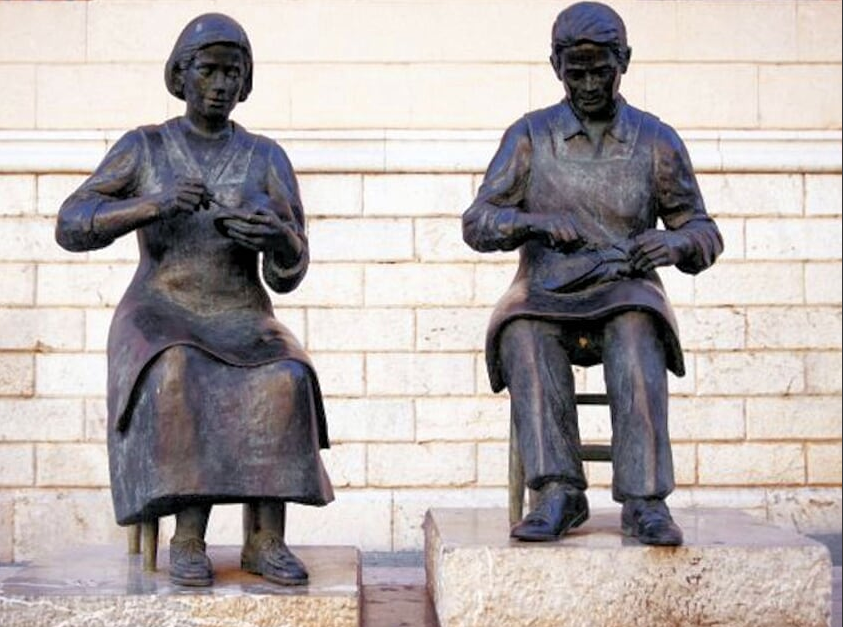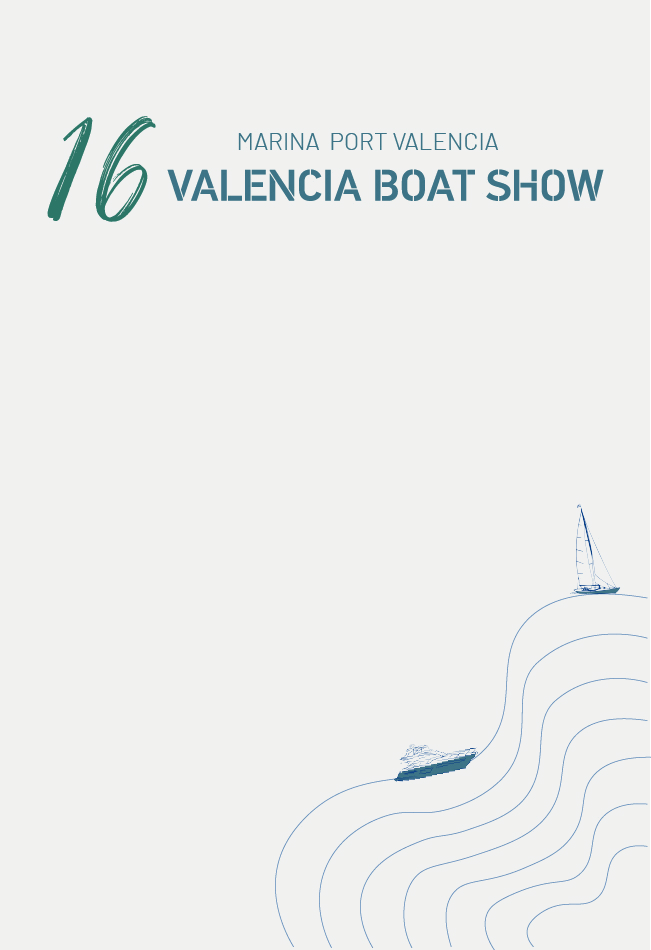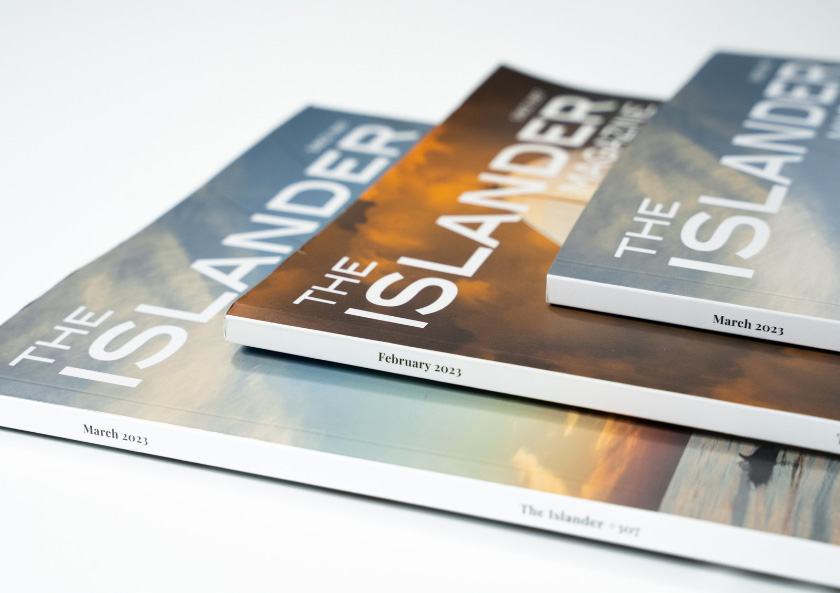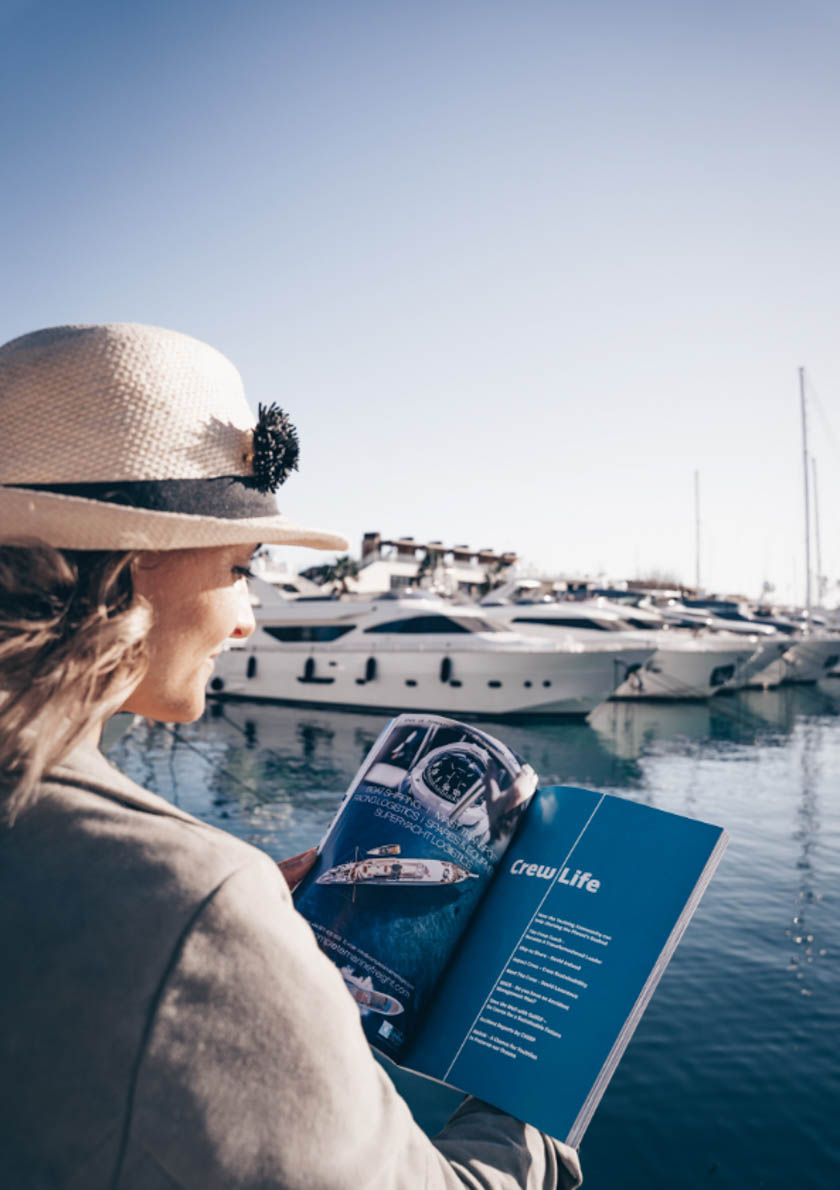On 17 November Inca celebrates the 700 year old ‘Dijous Bo Fira’. In case you are wondering what that means, it is Catalan for the ‘Good Thursday Fair’; the largest market in Mallorca. It is the climax of four Fairs, starting during the last week in October, celebrating art, culture, cuisine, sports, you name it, Inca will probably celebrate it.
But what of Inca’s story? People have lived in the area for 3,000 years and while remains have long been buried under the town, there are pre-historic Talayot towers at s’Ermita, to the north-east, and on Santa Margalida hill, to the east. The Romans conquered Mallorca in 123 BC and Inca was one day’s march away from the island’s capital at Pollentia (near Alcúdia) to the north-east. It was the ideal place to stop for the night en route to the military camp, Campana Palma (now Palma). So it is probably no coincidence that Inca means ‘thirst’ in Latin. You too will be able to slake your thirst in the town at the Dijous Bo Fair.

Many tanners were put out of work when better quality leather was imported from the Spain’s new colonies in the 16th Century. Most cobblers could not afford the quality imports so they made ‘tapins’, a cheap sandal with a cork sole and a cloth top. All was going well until the plague swept through Inca in 1652, killing nearly half the 5,000 townspeople in a few months. The disaster virtually paralysed industry in the town for 200 years.

The arrival of the Palma train in 1875 meant that Inca’s shoes could be exported. But the loss of the colonies, following Spain’s 1898 war with the United States of America, hit the shoe trade hard and
it was some time before new markets were found on the mainland. Queen Regent, Maria Christina, still awarded Inca the title ‘town’ to recognise its growth.
Visiting Inca

Continuing west we find Can Ripoll, an 17th Century manor house complete with a tower. It is typical of the manor houses built by the town’s wealthy landowners. They also had manor houses on their estates but they left the work to their manager while they enjoyed town life.
Turning right down the narrow Calle Santo Domingo, we find the 17th century Santo Domingo Church. The monks were evicted when the building was confiscated in the 1830s to raise money for Queen Isabella’s cause during the Carlist War. The cloisters are now occupied by council offices and the town library.
Retrace your steps to Can Ripoll and turn right to find Plaza de la Quatera with the ornate Market Hall, which is now home to a school of music. You will also see a statue celebrating Inca’s shoemakers.
Continue southwest to the railway station, turning left before turning right under the railway bridge onto Avenida del General Luque. The 19th century barracks are to the left and they are now home to a museum with an exhibition of machinery and objects related to the shoe industry.
Mills Hill

their convent. You can enter the courtyard to see the convent but you cannot enter the nuns’ secret garden.
Follow the road beyond the convent into Calle de los Molinos to mills which gave the road its name. You will find Serral de ses Monges Park with its wonderful views of the Tramuntana Mountains. Look out for the ‘Pota del Rei’ on the map by the entrance. It means the King’s Slip. A nearby memorial refers to the legend that King James the Conqueror was chasing the Moors leader, Xuaip, because his army was terrorising Inca. The King’s horse slipped, leaving a hoof shaped groove in the rock.

Santa Magdalena

So enjoy Inca’s Dijous Bo and Google ‘Inca Turistica’ for more information on the town (English option available)















0 Comments